Panels with a human face: the new look of industrial housing
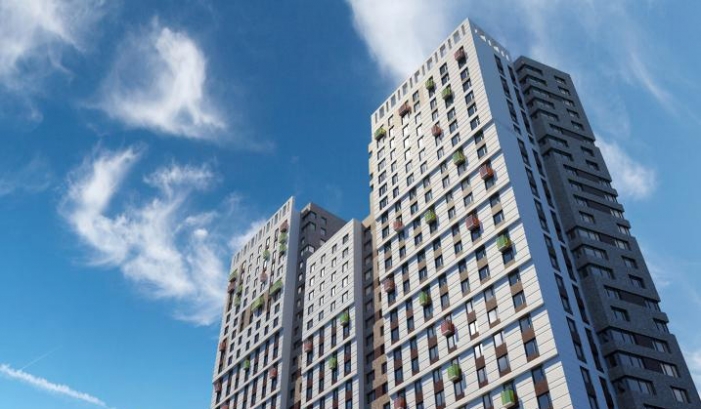
At the initiative of the Committee for Architecture and Urban Planning of Moscow and as part the PROESTATE forum, the session “The new look of industrial housing: the modernization of house-building factories” was held. It was organized by the Russian Guild of Managers and Developers.
Representatives of house-building factories, architects, developers, brokers, and government officials were invited to discuss the prospects for the development of large-panel construction.
The meeting of the session, devoted to the modernization of large-panel construction in Moscow, was opened by the city’s Chief Architect Sergey Kuznetsov. He noted that all sections of prefabricated houses that are currently being used were formed mainly in the 1970-1980s and suffer from similar defects. “What we see today in Moscow and in the Moscow region is being built from the components of this construction set, and while these components are not modified, it is difficult to expect an improvement of the final product,” emphasized Kuznetsov.
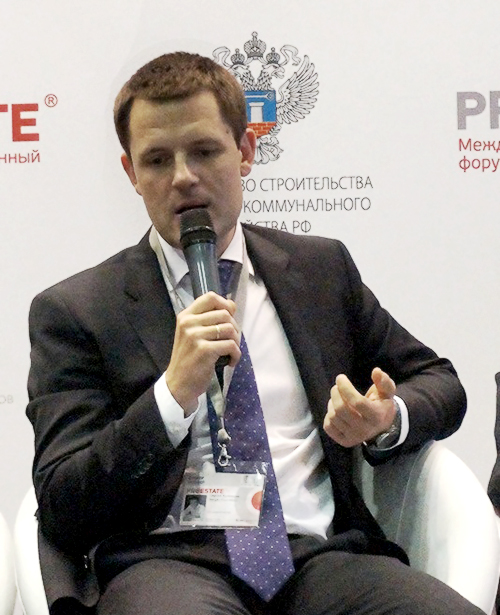
The following figures describe the magnitude of the problem: from January 2013 to August 2014 the Regulation Commission of the Architectural Council of Moscow issued Architecture and Urban Planning Resolutions for the construction of 1,864,369 square meters of large-panel buildings. This is a third of the total number of sites of capital construction which received the Architecture and Urban Planning Resolution certificate for this period.
The city authorities have developed a “road map” according to which by January 1, 2016, all house-building factories who want to supply their products to construction sites in Moscow should switch to the updated series of panel sections. A team of specialists from the Committee for Architecture and Urban Planning, in collaboration with colleagues from the relevant departments, developed basic criteria for a comfortable urban environment to be met by the products of the upgraded house-building factories. These are:
- community creation
- availability of adequate corner sections
- public ground floors
- variety of facades within the community
- variability of the height of panel sections
- more open apartment layouts
These basic principles of the humanization of the city’s living environment were announced for the first time by the Chief Architect at the Architectural Council meeting on August 20. Answering the session moderator’s question on their status, Sergey Kuznetsov explained that this is a kind of declaration of requirements by the customer — the city of Moscow, which clearly stated what products the city is ready to buy from the manufacturers — the house-building factories.
“We are committed to maximally constructive work, ready to develop criteria, to specify our requirements for the house-building factories, to discuss them with the factories’ representatives today and at other events, and step by step to move towards a more humane environment,” said Sergey Kuznetsov.
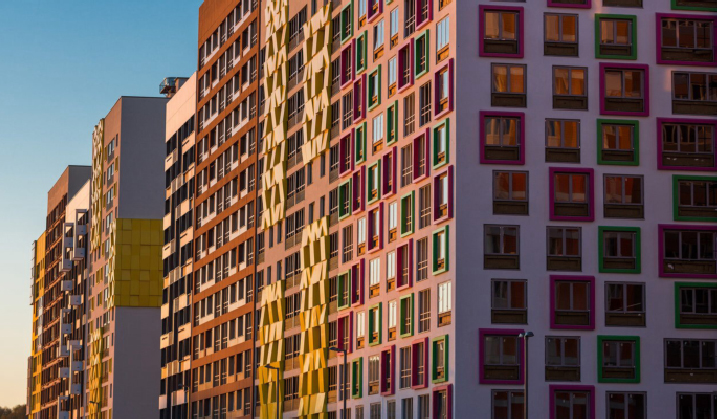
Cannot prohibit upgrade
Sergey Kuznetsov believes that the comma in this sentence should be after the word prohibit: “cannot prohibit, upgrade!”. The volume of construction of large-panel housing in Moscow and in the Moscow region is still a giant amount, he explained, a huge number of people and production facilities are involved. In addition, panel construction has its advantages. Firstly, this is the speed of construction, and, secondly, the relatively low price of production. Therefore, the city government decided to follow the path of incremental upgrades. Experience in the development of panel construction abroad also shows that the technology itself is not exhausted. With the radical modernization of production, quite high-quality facilities can be built out of panels, — noted the Chief Architect. According to Sergey Kuznetsov, mixed variants are also possible. For example, standard layouts and distinctive facade designs.
Megaplotter for architecture
A part of house-building factories are already being actively reconstructed on the new principles of production. The management of these factories spoke about the results and problems of modernization.

The discussion showed that virtually all of the house-building factories are on the same path. First and foremost, it is important to enable flexibility in production and maximum automation of equipment. This will allow the switch to 3D technology with the direct transfer of drawings from the design office to production equipment. With this approach the time it takes to develop new series is significantly reduced and it is practically already possible to talk about the transition from standard to individual designs." A certain regularization exists, but broadening the data base of 3D-projects will allow you to quickly switch from the production of one product to another," explained Stanislav Shmelev, General Director of Patriot Engineering (Inteko Group).
Flexible manufacturing requires a flexible system design. Alexander Kovalev, General Director of the Grad house-building factory (Morton Group), pointed out the lack of architects and designers who possess modern design tools for precast concrete as a huge problem. He spoke about the German experience of developing large-panel construction. Over the past 20 years, the entire house-building industry in this country was completely rebuilt, and now the concept of “standard series buildings” simply does not exist in Germany. According to Alexander Kovalev’s forecast, over the next 10-15 years all Russian house-building factories which cannot be reconstructed, will be forced to withdraw from the market or to switch to the production of other products. Studying foreign experience prompted the developers of Morton Group to create their own house-building production “from scratch.” The company invited German designers to develop advanced technological concepts.
Patriot Engineering and SU-155 invited the famous Spanish architect Ricardo Bofill to work on the project development of their production upgrading. The system of industrial house-building that was created with his participation allows for open layouts in prefabricated houses, height variations from 7 to 12 floors, creation of corner sections, instantly reconfigurable production and, in fact, to build each quarter based on a separate project, explained Stanislav Shmelev.
Old technology with the thousands of forms for each type of panel is quite metal-intensive production, and the cost of such construction is extremely high, explained Deputy General Director of SU-155 Sergei Rumshin. Introducing 3D technology into production will lower the cost of products, but today house-building factories have to invest heavily in modernization, which for older companies effectively goes toward new construction.
Modernization successes of progressive house-building factories raised the hopes of architectural community representatives. After watching a film about the modernized company, Patriot Engineering’s house-building factory in Rostov-on-Don, Narine Tyutcheva urged colleagues to get rid of the existing clichés that panels and prefabrication are automatically bad.
“This needs to be regarded as an improvement of the construction industry and the improvement of the process of manufacturing architecture using an industrial method,” proposed the head of the Rozhdestvenka firm.
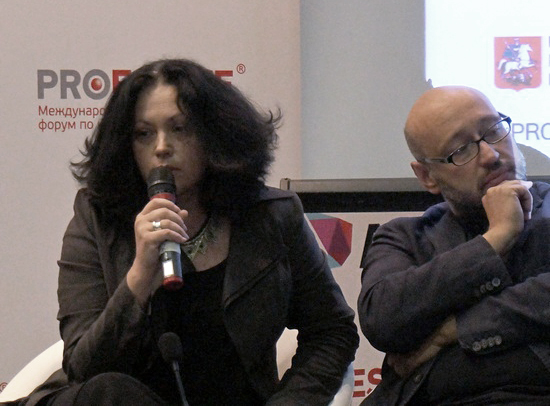
“In the future this kind of house-building factory will be a megaplotter, which will produce absolutely distinctive architectural elements. And then it won’t be any sort of standard or mass construction.”
Yuri Grigoryan, the head of the Meganom bureau and an Archcouncil member, also saw a reason to be optimistic about the possibilities for development in this direction in the results of house-building factory modernization. He noted that it is important to separate the concept of industrial from the concept of standardized construction. The industrial method in building construction allows for the construction of any type of architectural facility. As for standardized designs, they too can play a positive role in the history of architecture. In support of this, the head of the Meganom architectural bureau referred to the albums of “standard designs” according to which Moscow was restored after a fire in 1812. Many of these “standard” buildings still remain an ornament of our city.
We will succeed
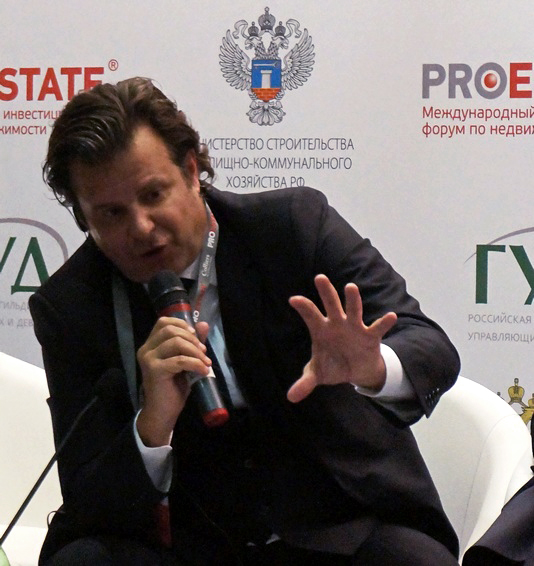
Ricardo Bofill, a Spanish architect who recently has been working a lot in Russia, including in the field of industrial housing, said he constantly feels our drive, energy, and desire to transform a huge concrete city for cars into a city for people. This drive inspires him, and he is confident that we will succeed. According to Bofill, the modern technology for the production of panels is already close to 3D-printers. Going further in this direction, we will be able to switch from Soviet “egalitarianism” to the ideology of personalization.
“In the future we will be able to simply print panels on special printers, and any architectural and design decisions will be directly implemented in production”
The restructuring of such giants as our house-building factories cannot happen quickly, noted Bofill, but there is already real progress, and in general Bofill and his team are looking very optimistically at the prospects of reorganizing Russian house-building factories. He noted that sometimes even minor changes could make the design that much more interesting. For example, it is enough to move the window toward the center of the panel.
Sergey Kuznetsov drew the meeting participants’ attention to another very important aspect of such discussions with the participation of professional experts. A large army of designers, who are involved in the siting and designing of standard panel buildings, are gradually moving on to work on individual projects. Furthermore, often these individual projects inherit uniformity, monotony, and other bad features of standard panel building. Simultaneously there is a rise in the cost of construction through the use of more expensive monolithic technology. Therefore, these discussions for the purpose of promoting new principles of design and construction are also very relevant, said the First Deputy Chairman of the Committee for Architecture and Urban Planning of Moscow.
The speakers of the session:
- Sergey Kuznetsov — Chief Architect of Moscow, First Deputy Chairman of the Committee for Architecture and Urban Planning of Moscow
- Ricardo Bofill — Architect, founder of the Taller de Arquitectura studio
- Narine Tyutcheva — Head of the architectural bureau Rozhdestvenka, teacher at MARSH architecture school in Moscow
- Yuri Grigoryan — Head of the architectural bureau Meganom, member of the Architectural Council of Moscow
- Alexander Kovalev — General Director of Grad house-building factory (Morton Group)
- Stanislav Shmelev — General Director of Patriot-Engineering (Inteko Group)
- Sergey Rumshin — Deputy General Director, Director of the Department of Mechanical Engineering and Industrial Engineering at SU-155
- Evelina Ishmetova — Deputy General Director of RRG Group
Session Consultant: Committee for Architecture and Urban Planning of the City of Moscow
Moderator — Alexander Zmeul, editor of the Architectural Council of Moscow site.




